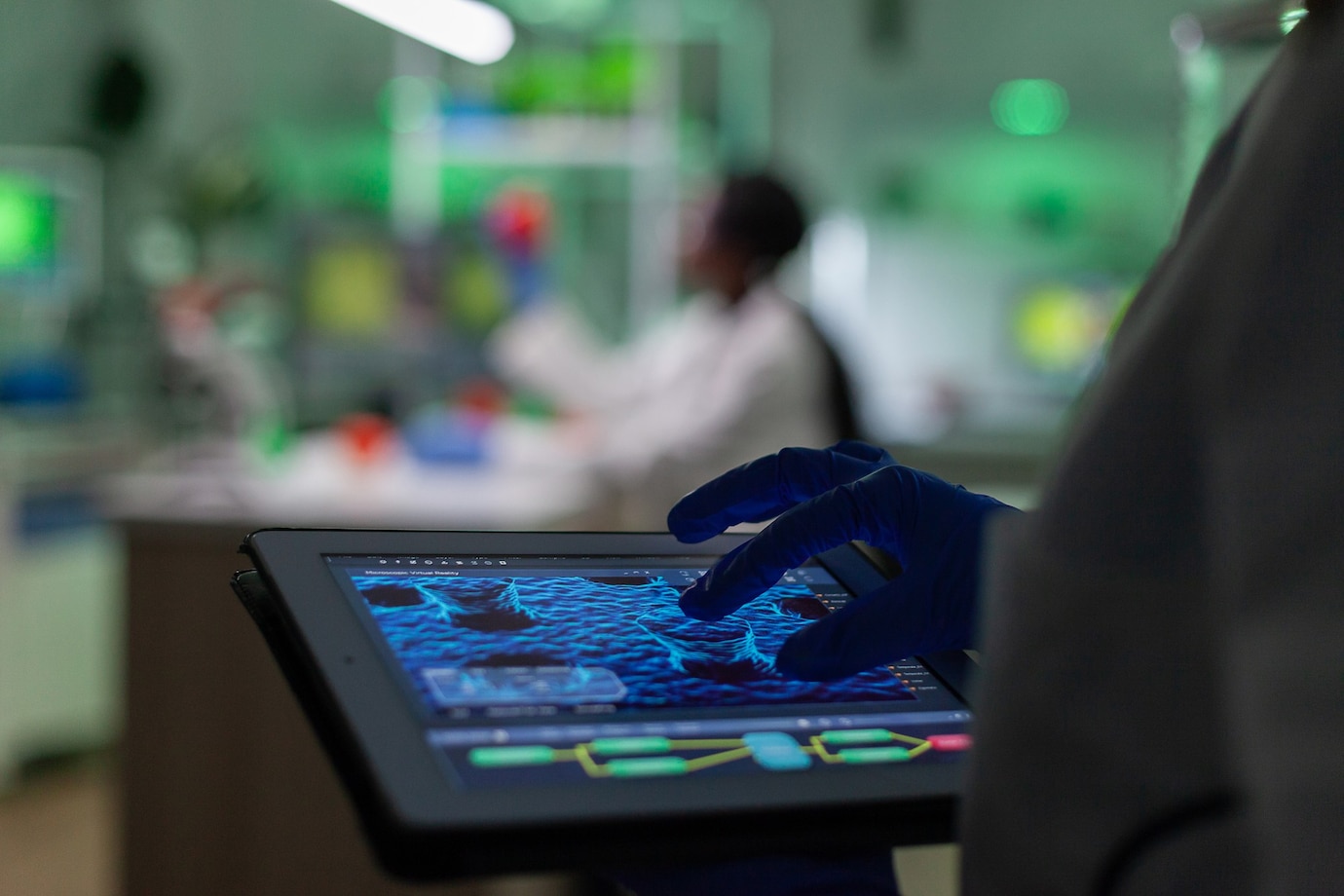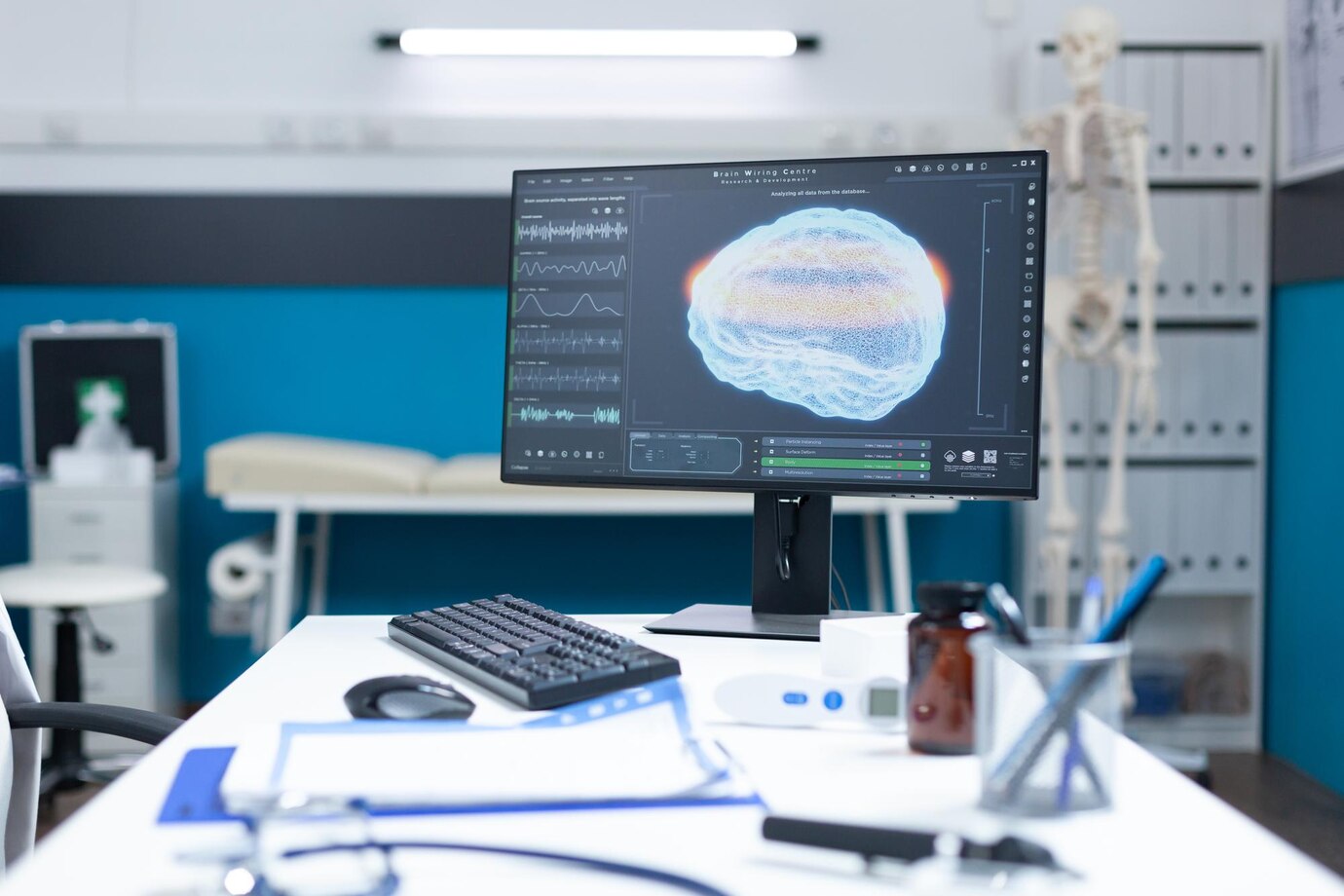The Impact of AI on Healthcare Accessibility
Artificial Intelligence (AI) is transforming how individuals access healthcare, breaking down barriers related to geography, socioeconomics, and resource limitations. The advancing integration of AI-powered systems and tools has started a significant shift in the delivery of healthcare services, making them more inclusive and equitable. Through the application of intelligent algorithms, machine learning, and automation, healthcare is becoming more responsive and adaptive to the needs of diverse populations, including those in historically underserved or remote regions. This page explores the multifaceted impact AI has on healthcare accessibility, outlining how new technologies are bridging longstanding gaps, democratizing expert care, and shaping a more inclusive future for medicine.


Automation of Administrative Tasks

Streamlining Patient Pathways

